
Time lapse photos of 'super blue bloody moon' captured by Chinese space expert

1 / 8 Dr Yang Yuguang, a Chinese aerospace expert, captured the whole process of the super blue moon eclipse with his Schmidt camera, a catadioptric astrophotographic telescope designed to provide wide views with limited aberrations. /Photo via Dr Yang Yuguang
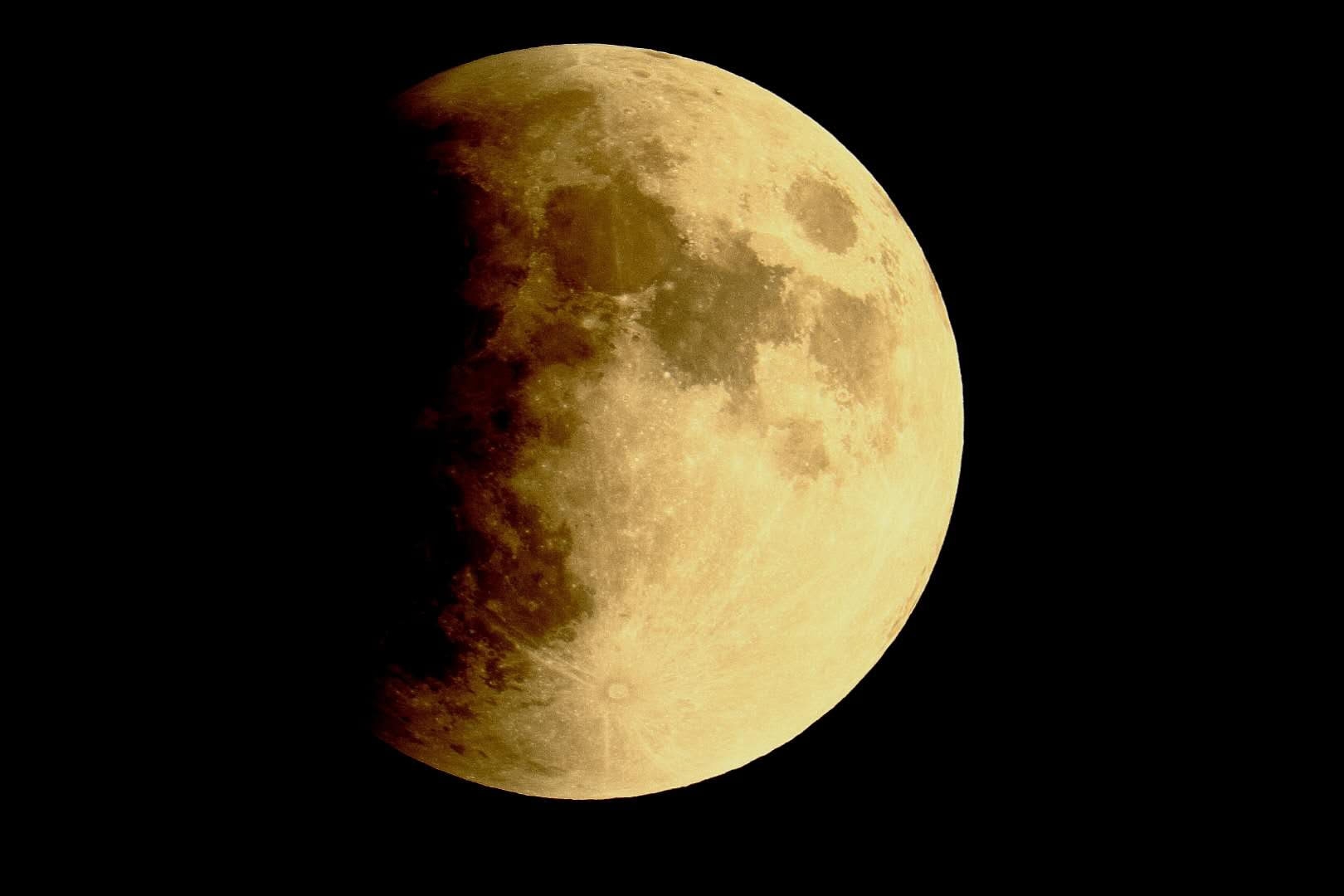
2 / 8 People around the world witnessed the rare all-in-one supermoon, blue moon and total lunar eclipse on Jan 31. However, many would not have got the chance to take high-definition pictures because of equipment limitations. /Photo via Dr Yang Yuguang
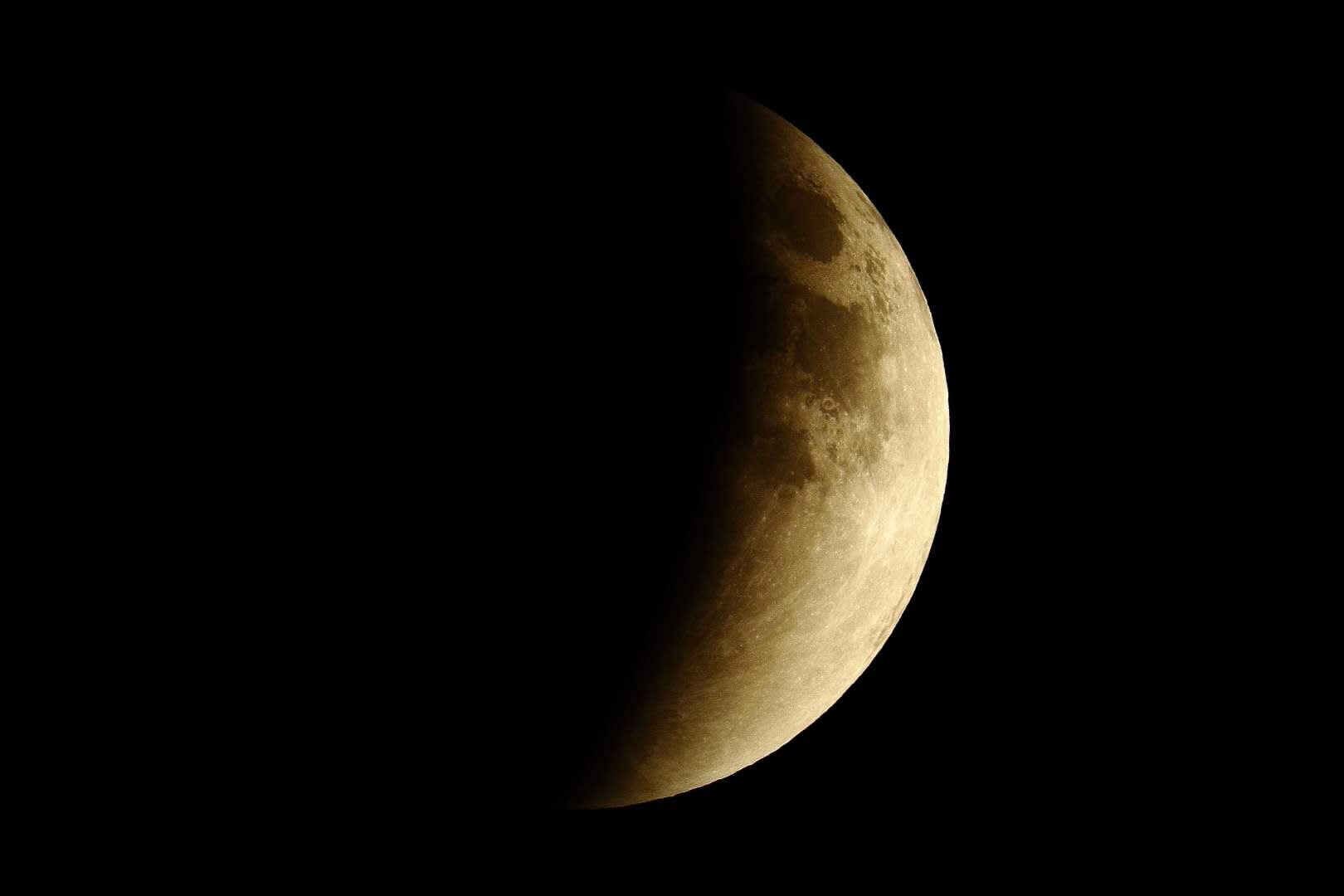
3 / 8 The eclipse started at 6:51 p.m. Beijing time and at around 7:40 p.m. the first contact between the moon and the Earth began. Then, a black shadow appeared around the moon. /Photo via Dr Yang Yuguang
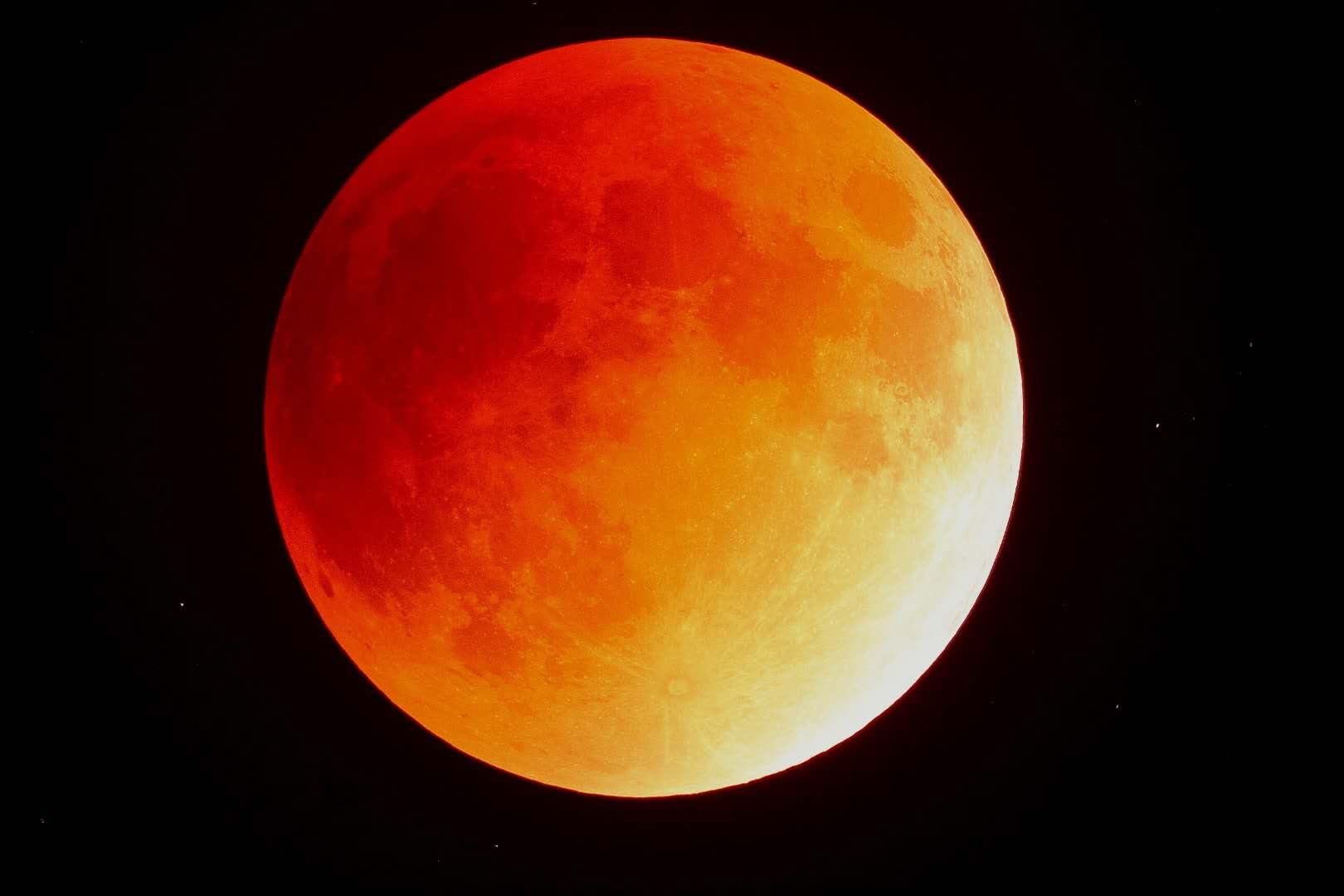
4 / 8 At around 8:50, a red moon surfaced and lasted around one hour. /Photo via D. Yang Yuguang
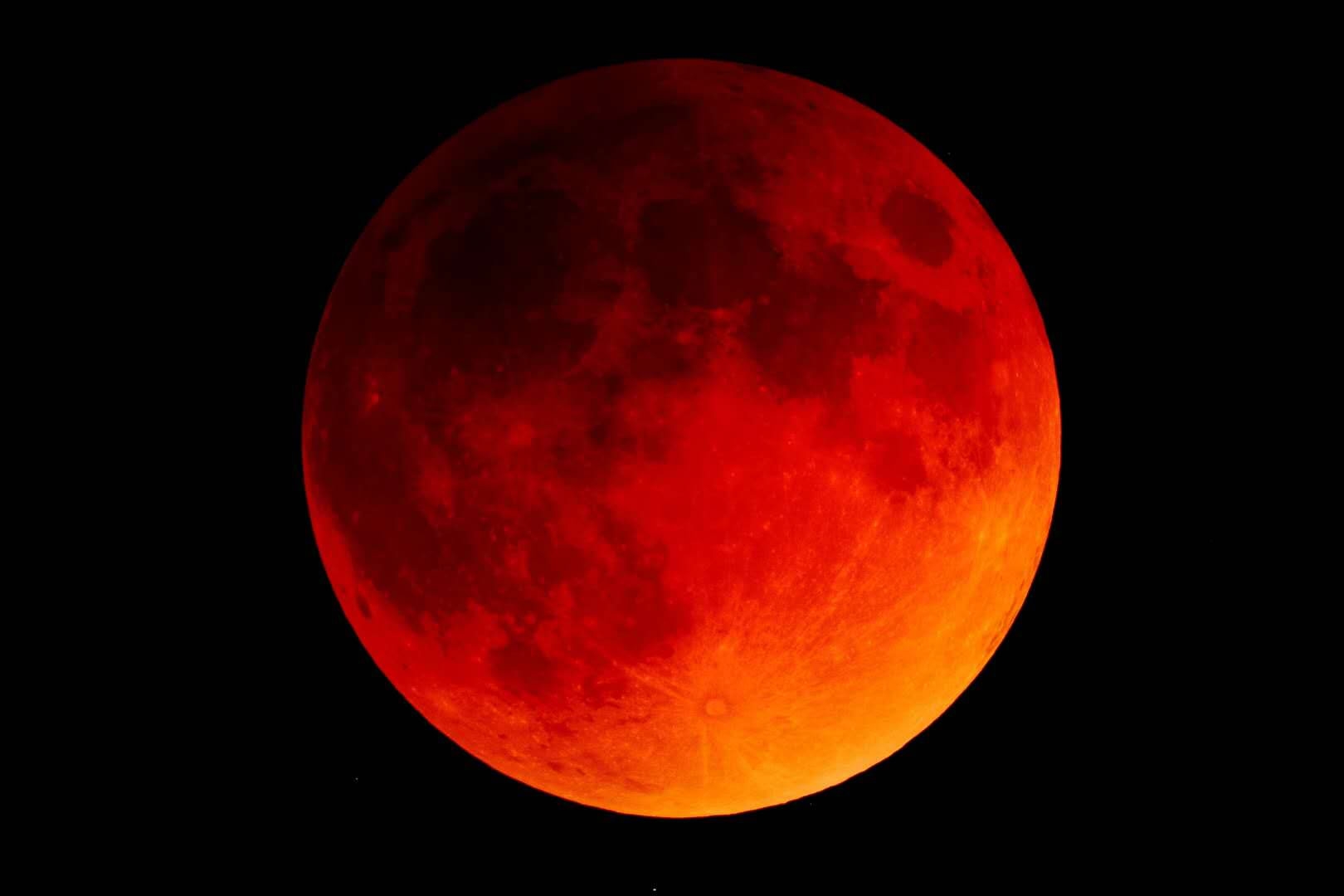
5 / 8 According to Zhu Jin, director of the Beijing Planetarium, sunlight, through refraction in the Earth's atmosphere, had a reddish tinge that shone on the moon. So in the middle of the total lunar eclipse, there was a blood moon which is normally very visible, weather permitting. /Photo via Dr Yang Yuguang
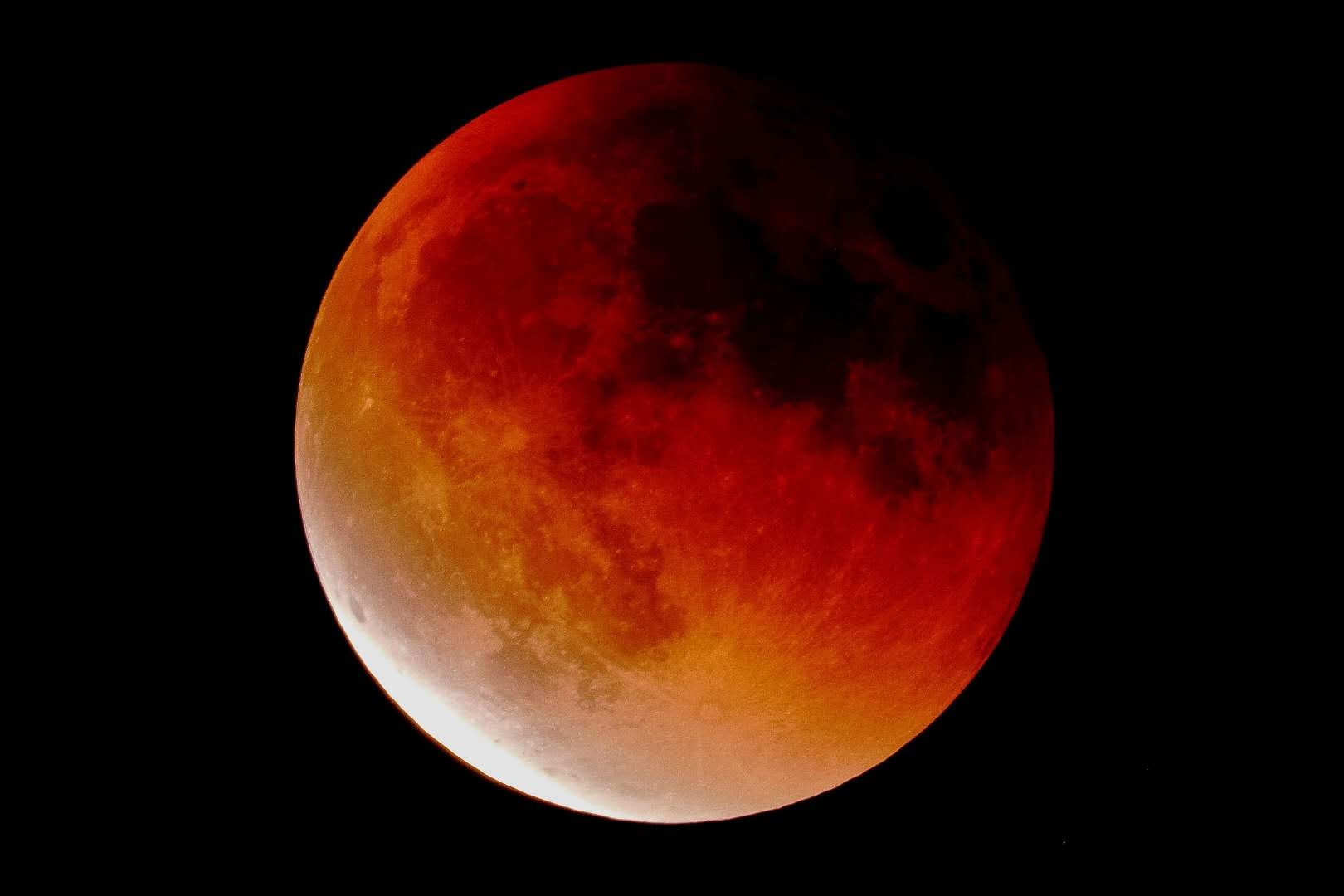
6 / 8 "For an astronomical phenomenon like the total lunar eclipse, our eyes are quite adept at observation. Of course, with a telescope, we can see the surface of the moon in a clearer and more detailed way. This is a very good moment for photography, especially if you have a long lens, or a digital SLR camera or a mini digital SLR, with a long lens. With great scenery, you will be able to take amazing pictures," said Zhu ./Photo via Dr Yang Yuguang
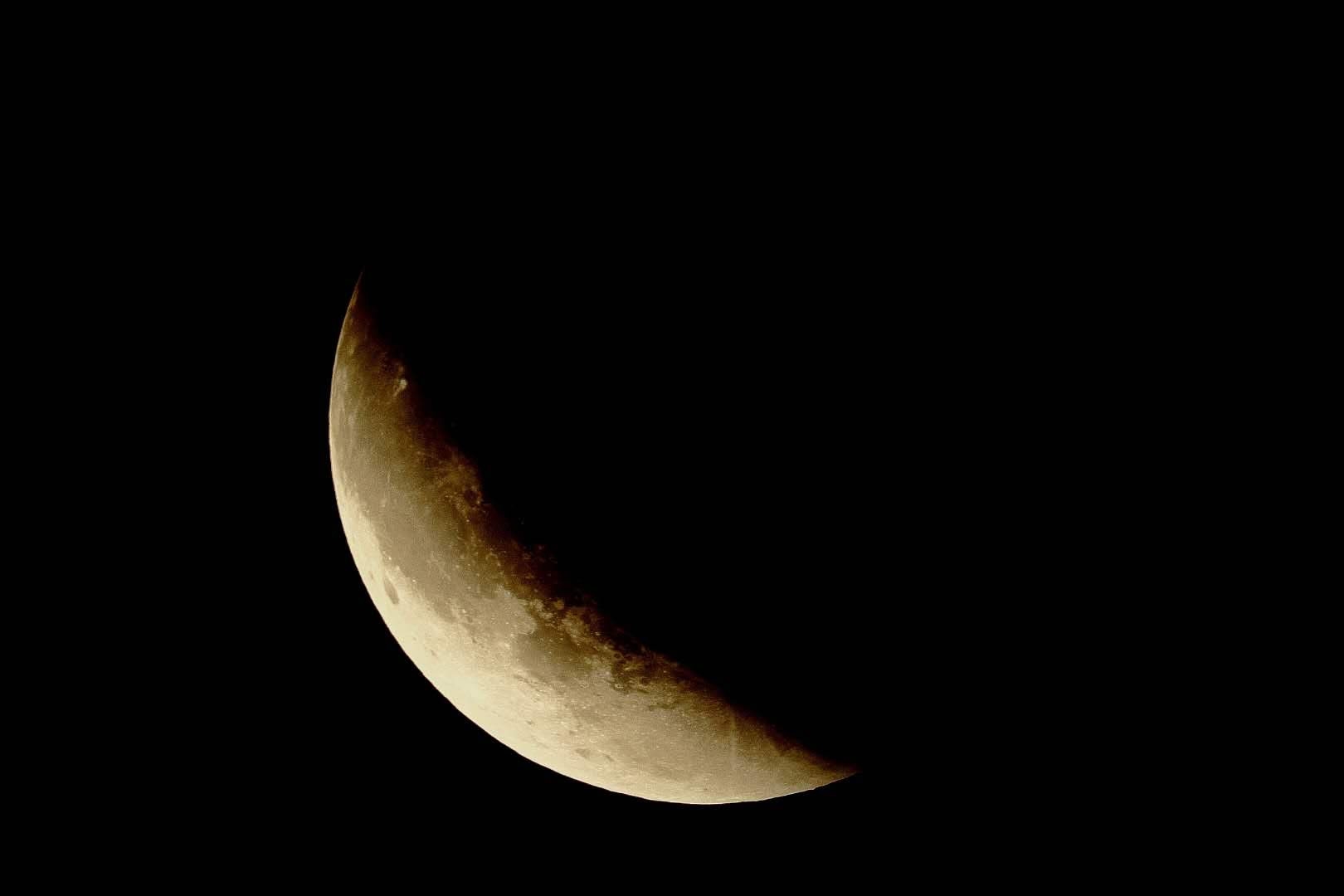
7 / 8 For people in the Middle East, Asia, eastern Russia, Australia, the eclipse could be seen during moonrise. For those in North America, Alaska and Hawaii, people could see the super blue blood moon before sunrise. /Photo via Dr Yang Yuguang
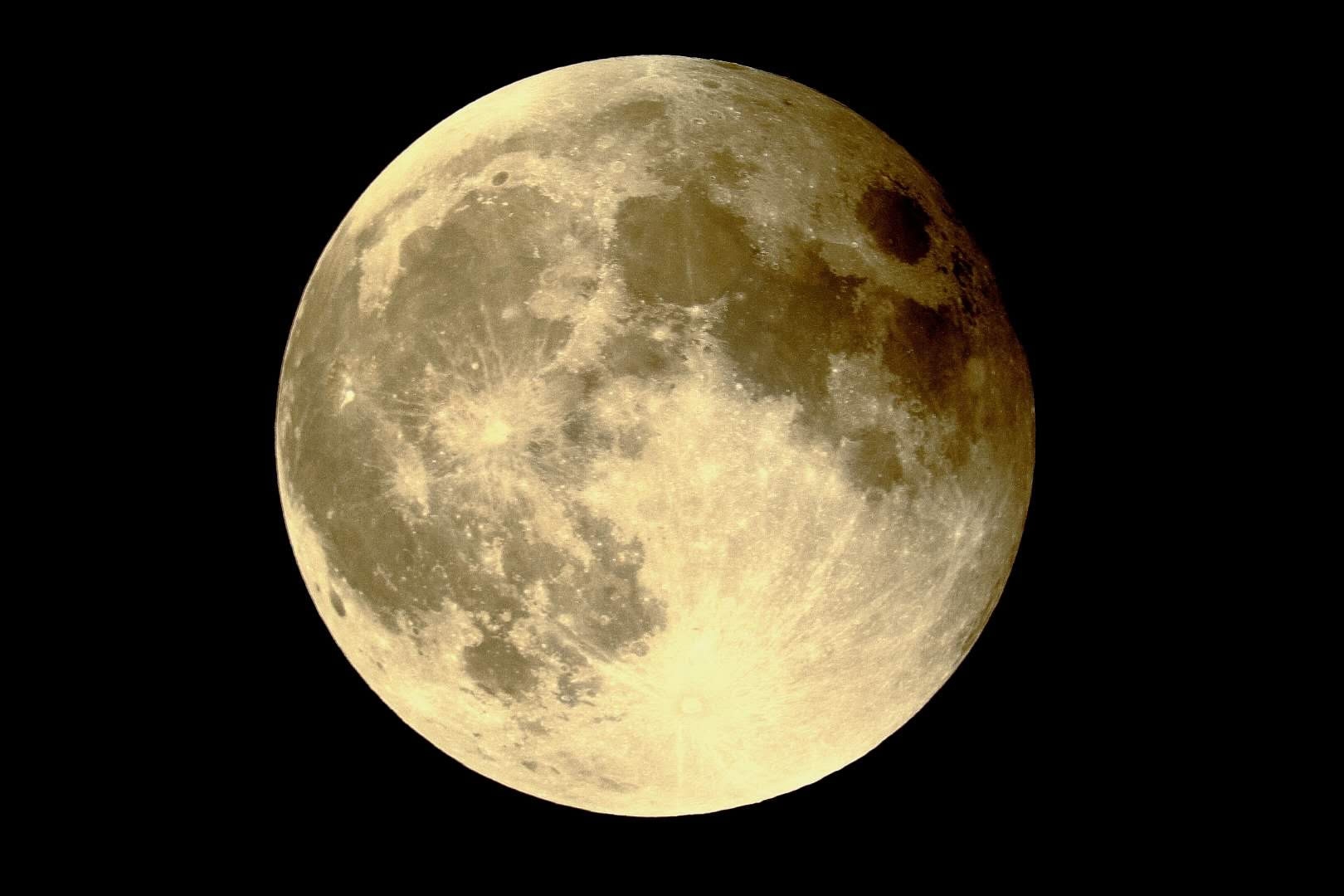
8 / 8 At around 11:11 p.m., the eclipse ended. Professor Yang Yuguang, who took the pictures, works with China Aerospace Science & Industry Corporation Limited and is secretary of the IAF (International Astronautical Federation) space transportation committee. /Photo by Dr Yang Yuguang